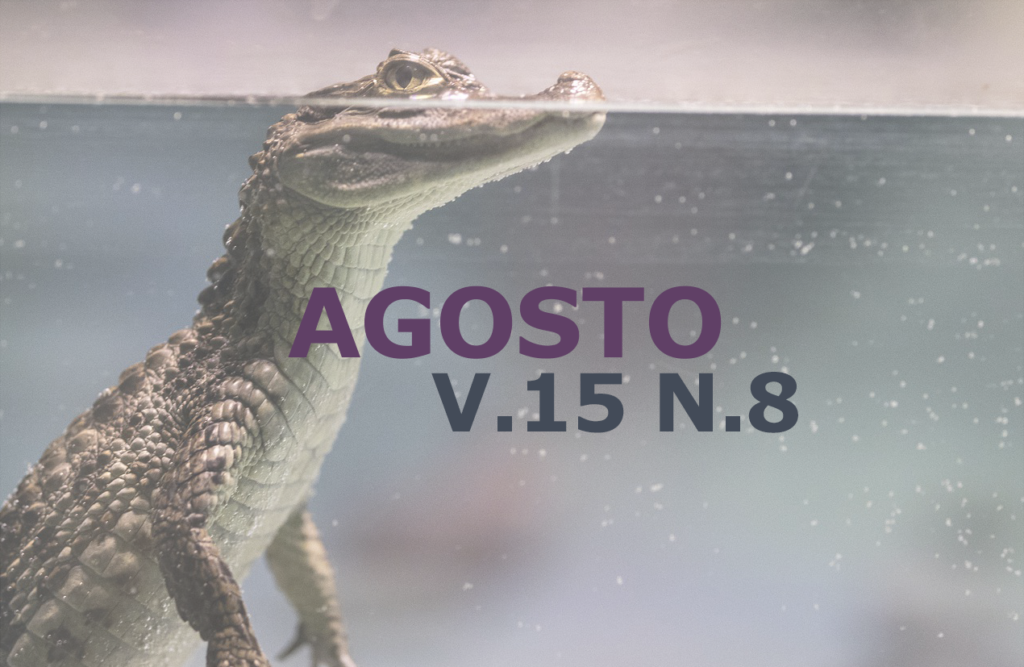Bone structure vulvovaginitis in the vaginal canal of castrated canine female: Case report
DOI:
https://doi.org/10.31533/pubvet.v15n08a884.1-7Keywords:
Diagnosis, radiopaque structure, radiography, vaginitisAbstract
The reproductive system of females is considered highly important for the survival of the species. The aim of this study is to report the care of a spayed adult female dog, diagnosed with bone structure in the vaginal canal, causing recurrent vaginitis and cystitis. The patient arrived for care with a history of polaquiuria, purulent vulvar discharge and excessive licking of the vulva 2 months ago. On physical examination, normal mucous membranes were found, normal respiratory rate, grade 3 murmur on cardiac auscultation, and during vaginal touch, she had a lot of painful sensitivity. The diagnosis was made by radiography of the dorsal pelvis, which revealed the presence of three radiopaque structures in the vaginal canal, in addition to an ultrasound examination that showed cystitis. The treatment was based on the manual removal of the present structures, under general anesthesia, with the aid of a vaginal speculum and hemostatic forceps. After the bone structure removal procedure, meloxicam (0.1 mg / kg) was administered to the patient intravenously; dipyrone sodium (25 mg / kg) and enrofloxacin (10 mg / kg) subcutaneously (SC). The material was sent for histopathological examination in 10% formaldehyde. Histopathological examination revealed the presence of mineralized bone matrix associated with tissue structure with skin morphology containing hair follicle remains and keratin in them. The patient was discharged after anesthetic recovery with a prescription for enrofloxacin 10 mg / kg SID for 7 days; Meloxicam 0.1 mg / kg, SID, for 3 days and tramadol hydrochloride 4 mg / kg BID, for 5 days. This work demonstrates the importance of the diagnosis based on the information obtained in the anamnesis, and in the complete physical examination, considering the gynecological examination in this context, performed through vaginal touch, in addition to other mechanisms that are necessary for stabilizing the patient and correcting the disease, with purpose of improving the clinical picture and success in therapy.
Downloads
Published
Issue
Section
License
Copyright (c) 2021 Gabriela Vanessa da Silva, Suélen Dalegrave, Eduardo Conceição de Oliveira, Laís Rezzadori Flecke, Luana Baptista de Azevedo, Carolain Schorr Daga, Elis Natacha Wendpap, Maria Cecilia de Lima Rorig

This work is licensed under a Creative Commons Attribution 4.0 International License.
Você tem o direito de:
Compartilhar — copiar e redistribuir o material em qualquer suporte ou formato
Adaptar — remixar, transformar, e criar a partir do material para qualquer fim, mesmo que comercial.
O licenciante não pode revogar estes direitos desde que você respeite os termos da licença. De acordo com os termos seguintes:
Atribuição
— Você deve dar o crédito apropriado, prover um link para a licença e indicar se mudanças foram feitas. Você deve fazê-lo em qualquer circunstância razoável, mas de nenhuma maneira que sugira que o licenciante apoia você ou o seu uso. Sem restrições adicionais
— Você não pode aplicar termos jurídicos ou medidas de caráter tecnológico que restrinjam legalmente outros de fazerem algo que a licença permita.





